Rounded or Blunt Ears
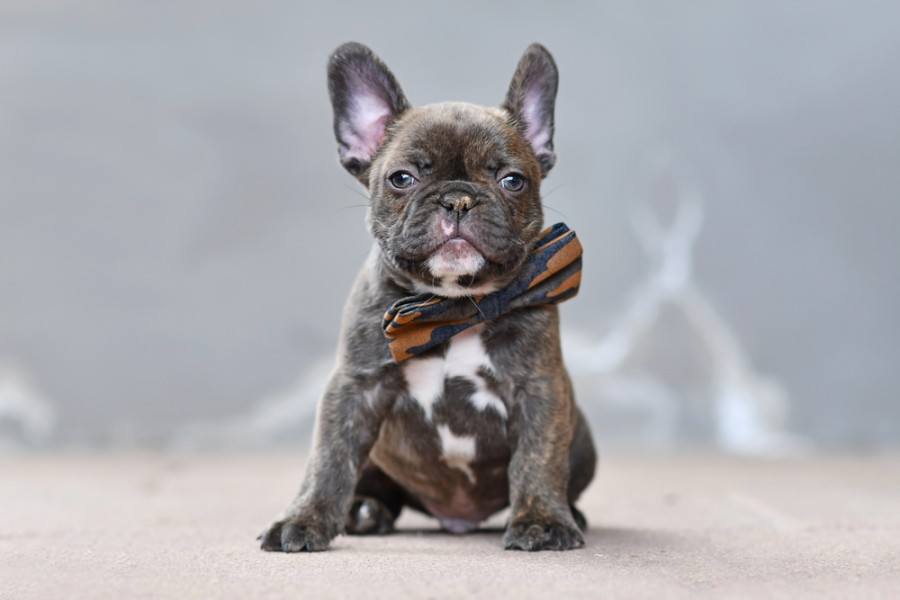
Dog breeders have been able to modify the pricked ears of the wolf through selective breeding. This has resulted in an upright ear with a curved tip. This ear type can be found on French Bulldogs.

As the name implies, bat ears are large, V-shaped ears that resemble those of a bat. They are often outwardly inclined and extend beyond the sides of the dog’s head. Breeds with this type of ear design include the Chihuahua and the Corgi.
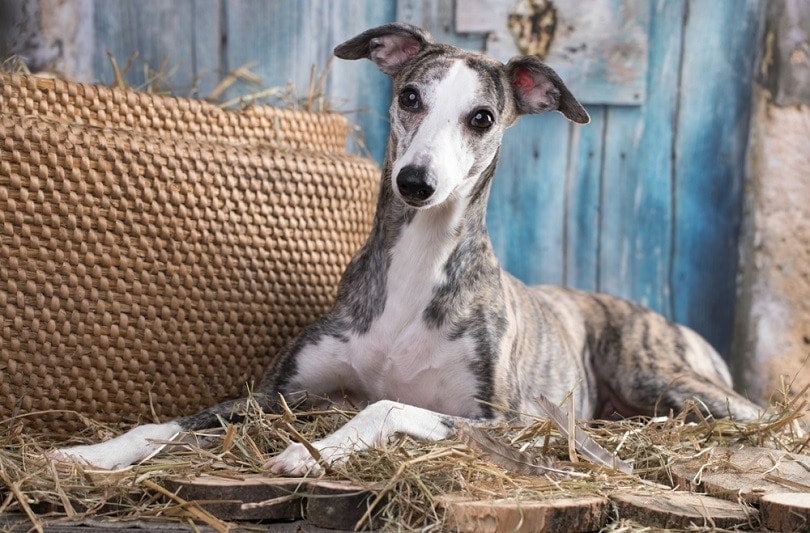
Rose dog ears are erect ears that fall to the side at the midway point and resemble a rose petal. The American Kennel Club has strict breed standards in place for dogs with this ear type. For example, Whippets must have a small, refined rose ear shape while they are relaxed.

In the dog world, there are numerous variations of erect ears, including the hooded ear. This elegant variation, which is on the Basenji, features curled sides to give off the appearance of a cowl.
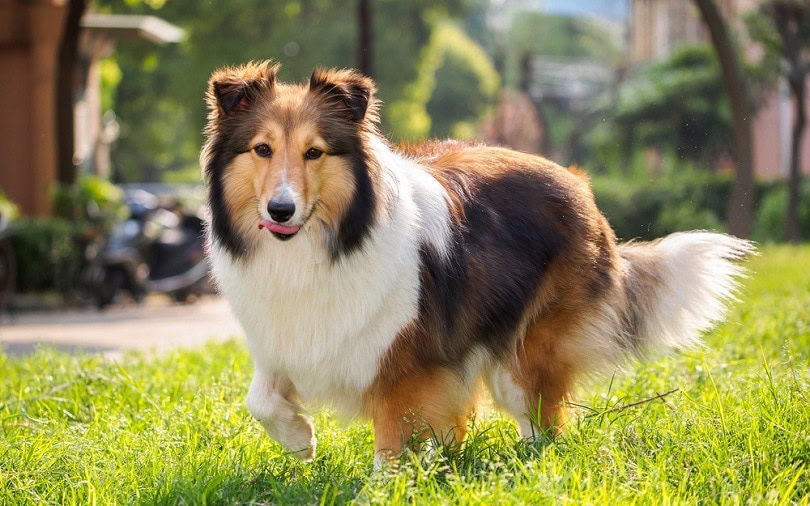
Pooches that have rigid ears that flop over at the tip are considered to have semi-pricked ears. Common breeds with this ear type include Collies, Fox Terriers, and Shetland Sheepdogs.
The American Kennel Club (AKC) has breed standards that state that Border Collies can either have pricked or semi-pricked ears. If they are semi-erect, the ears must fold forwards or outwards.
The 13 Different Types of Dog Ears
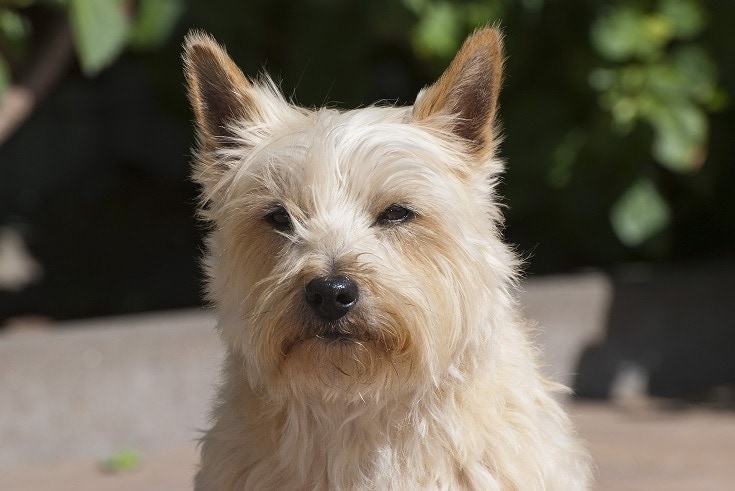
Some people love the look of an erect ear. In some cases, owners or breeders go as far as to crop their dog’s ears in order for them to stand upright. Dobermans, Great Danes, and Boxers are among the breeds that have manufactured erect ears because they are naturally born with floppy ones.
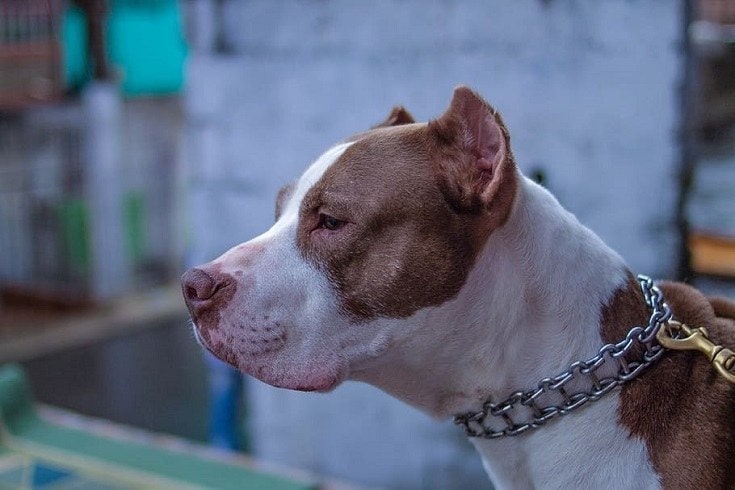
As previously mentioned, some dog breeds undergo a cosmetic procedure known as “ear cropping” to transform their floppy ears into pointed, pricked ones. The procedure is done when the dog is still a young puppy and involves removing all or part of the ear’s external flaps. Sometimes, a brace or tape is used to train the ear to point upright.

Drop ears hang down. They are mostly associated with domestic dog breeds. In fact, Max V. Stephanitz, an acclaimed breeder of German Shepherds, made the comment that drop ears are a sure sign that a dog has been domesticated. He believed that dogs who lived in captivity did not need perky ears because they had no need to hunt.
Some breeds commonly associated with drop ears include Labrador Retrievers and Golden Retrievers. Floppy ears on Retrievers can actually be quite functional, as they help to keep water out of the ear canal while the dog is swimming.
Photos of Common Ear Shapes For Dogs and Puppies

Ear cropping styles for Pitbulls!
Many people are familiar with their dog’s amazing sense of smell but are less aware of their hearing abilities. A dog’s sense of hearing is more sensitive than our own – in fact, they can hear sounds as high as 45,000 to 65,000 Hz! As such, their ears are specially adapted to pick up faint sounds. The way that they do this, however, varies from breed to breed. This brings us to the different types of dog ears.
Dog ear types are extremely varied, ranging from the classic erect type to the candle flame and filbert types belonging to specific breeds. Each breed has its own standard for what its ears should look like. So, knowing the different types is very important for breeders and owners of show dogs. Ready to learn more about the most common dog ear types? Read on with us!
Most types of dog ears complement their breed’s working ability. For example, the longer ears of scenthounds might help to direct scent particles towards the nose, while the short ears of sighthounds ensure that the ears do not get in the way of their eyes. Because of this, many dog breed standards also describe what the ears should look like.
Erect ears are very common across a range of dog breeds! This is the typical ear position for many “wolf-like” dog breeds, but many smaller dog breeds also have this feature. Most dog breeds are not born with erect ears – instead, they are born with floppy ears that slowly stand up as they grow older. During this process, one ear might be floppy, while another is erect, or vice sera! Siberian Huskies, Alaskan Malamutes, German Shepherds, Samoyeds, Akitas, Swedish Vallhunds, and Chihuahuas are just some of the many popular breeds with erect ears.
Some breeds undergo ear cropping to get the erect-ear look. This practice is common for Doberman Pinschers, Boxers, Schnauzers, and American Pitbull Terriers. Ear cropping has a historic basis, traditionally done to protect a dog’s ears from predators or when fighting. Livestock guardian breeds have also been cropped, due to the belief that ear cropping enhances the dog’s hearing abilities. Today, ear cropping is a controversial practice. While the AKC allows ear cropping to preserve breed character and prevent injuries, the AVMA opposes ear cropping and tail docking for purely cosmetic purposes. The AVMA further states that ear cropping should be removed from dog breed standards.
There are several variations of the erect ear type. For example, bat ears are large in proportion to the head and are common in Chihuahuas and Cardigan Welsh Corgis. Hooded ears are less common than other variants – rather than sitting straight up, this ear type curves inwards slightly, as seen in the Basenji. Just like how erect ears can be pointy, they can be blunt and slightly round too, as seen in French Bulldogs and Chow Chows. Last but not least, a breed-specific variation of the erect ear is seen in English Toy Terriers. Experts describe the ears as a “candle flame” shape in the breed standard. These ears are set high on the head and are proportionately close together. They have pointy tips and slight indents in the sides.
Drop ears, also called lop or pendant ears, are one of the most common dog ear types. This ear type is very common in scenthound breeds. One theory states that their long, drooping ears help them to collect scents from the air and keep them close to their nose and face. Beagles, Bloodhounds, Basset Hounds, and Cocker Spaniels are just a few of the breeds that feature drop ears. A variant of the drop-ear is the V-shaped ear. This ear type is part of the breed standard for Hungarian Vizslas! The UK Viszla breed standard states that the ears must be proportionately long and thin, hanging close to the cheeks in a V-shape. This ear shape is also seen in the Bullmastiff.
There is a variation of the drop-ear known as the folded ear. People often confuse this ear with the “floppy” or “cocked” ear – the folded ear is still long. However, instead of falling straight down, this type extends away from the face first and then folds downwards. This type is seen in Bloodhounds, for example.
Rose ears are a desirable trait in some dog breeds. A rose ear folds inwards at the back lower edge, while the upper-front edge curves over, outward, and back, revealing the cartilage formation inside the ear. This ear type is desirable in the English Bulldog as per the breed standard, so many show Bulldogs will have this type. If the ears do not naturally form this rose shape, some owners will glue their Bulldog’s ears. This procedure is generally painless, but it’s best to have an experienced owner help with the procedure for the first time. This ear type is also seen in Greyhounds and Estrela Mountain Dogs. In contrast, this ear type is highly undesirable in breeds like the Bullmastiff.
Button ears stand upright but their top halves fold over. This fold is usually enough to cover the ear canal. This ear type is common in terrier breeds, such as Manchester Terriers, Smooth Fox Terriers, and Jack Russell Terriers. However, there is some tolerance in the breed standard for these dogs, as Jack Russell Terriers may have drop ears instead of button ears, for example.
The Filbert ear type is only found in one dog breed – the Bedlington Terrier. This breed’s ears are triangular with a slight projection at the base. In order to hang properly against the facey, the Bedlington’s ears must not be too thin or thick. Their distinctive ear tassells are built into the groom of the breed and were thought to once protect the ear tips when hunting.
The cocked ear, also called the semi-erect, semi-crop, or tipped ear, is an erect ear with a slight bend at the top – similar to the button ear, but the fold does not cover the ear canal in the same way. These dogs have exposed ear canals, which may help them to remain alert for quiet sounds. This ear type is common in Border Collies and Shetland Sheepdogs. For Shetland Sheepdogs, ears that are three-fourths erect are part of the breed standard, so many owners will “tip” their puppy’s ears after some time. While some Sheltie’s ears tip naturally, others will not – because of this, it’s important to wait to see what the situation with the puppy’s ears is for a few months first.